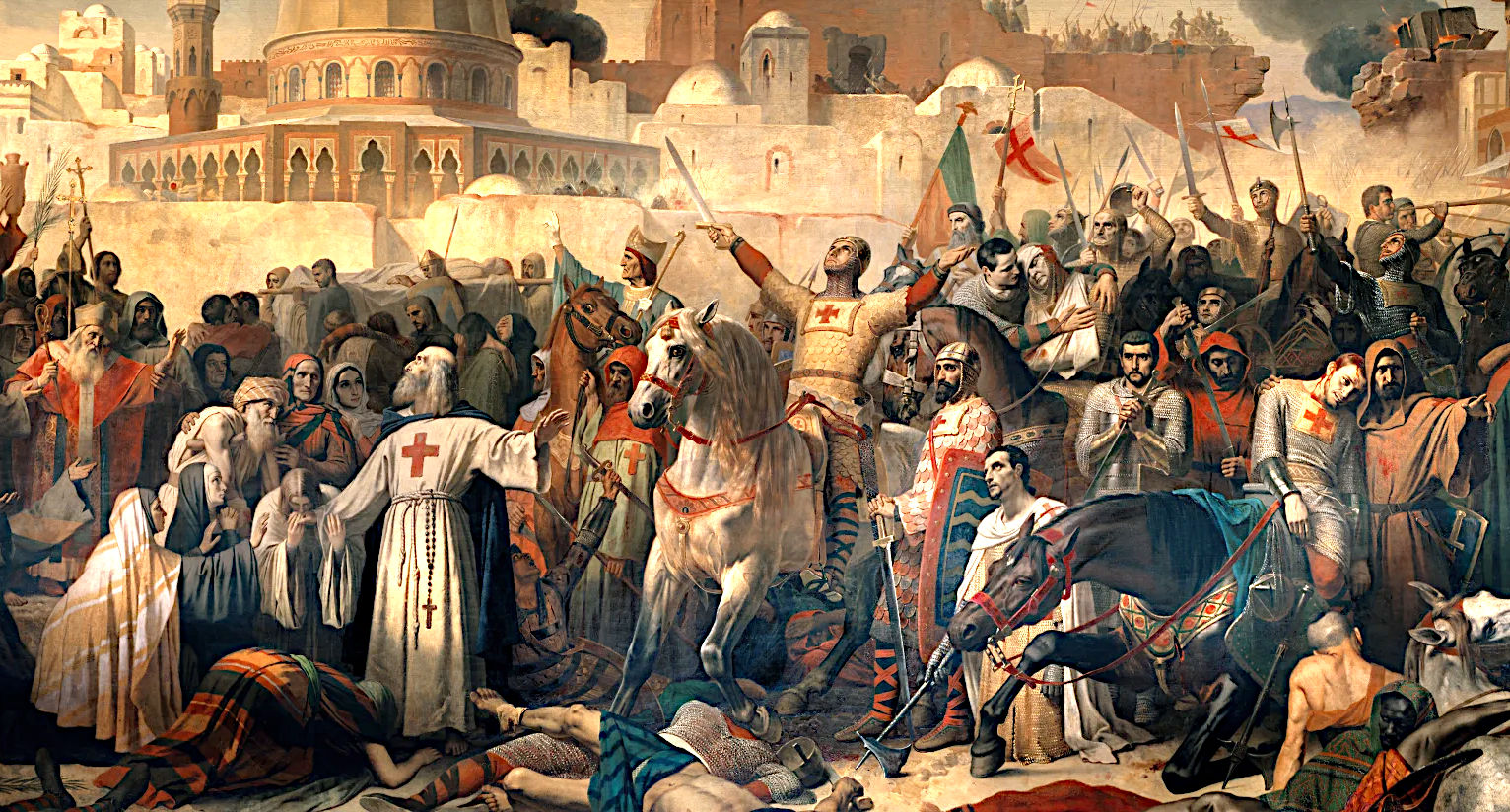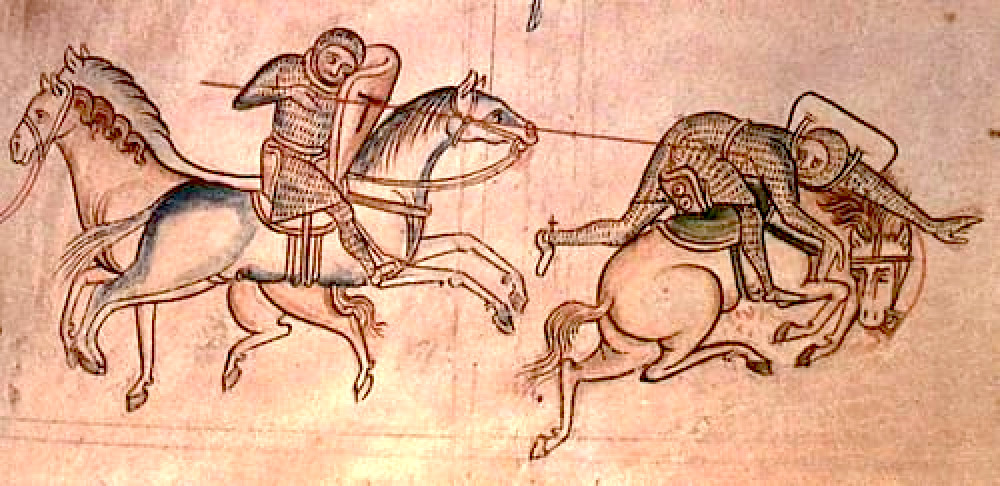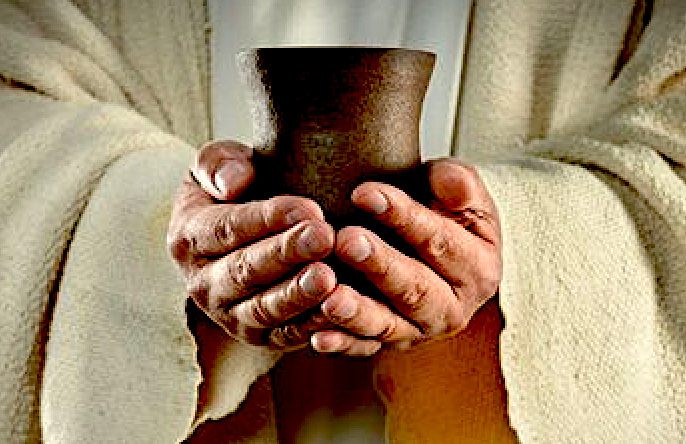
At
some point in our lives we will all feel strongly about an issue, enough
to take arms (action).
'THE GREATEST KNIGHT
THAT EVER LIVED'
Sir William Marshal (c. 1146-1219 CE) was a highly celebrated English knight. Aged six, William was given up as a hostage by his father when King Stephen (r. 1135-1154 CE) besieged the family's castle. Fortunately, this turned out well for William as he was made a royal ward and set off on the road to becoming a knight. Besides impressing with his martial skills, he earned the affectionate nickname of gaste-viande (glutton). Knighted in 1166 CE, Sir William earned a fortune through his victories on the medieval tournament circuit, enjoying 16 undefeated years and over 500 captures.
1168 CE saw the first step in Sir William's meteoric political career when Eleanor of Aquitaine employed his services as tutor-in-arms to her son Henry the Young King. William served Henry II of England (r. 1154-1189 CE) in the 1188-9 CE campaigns against Philip II of France (r. 1180-1223 CE), who had allied himself to the English king's two rebellious sons, John and the future Richard I. In one battle or its aftermath, William came face to face with Richard and, when the prince was at his mercy, he spared his life, killing only his horse instead. In 1189 CE Sir William acquired through marriage the title of Earl of Pembroke with castles to match in Wales. While Richard I was off campaigning, Sir William served on the council of regency and was made Marshal of England. He became one of the creators and signatories of the Magna Carta in 1215 CE, and the Protector of the Kingdom and regent for the child king Henry III (1216-1272 CE). At 70, William was still fighting fit and won the battle of Lincoln in 1217 CE against rebellious English barons and the future French King Louis VIII (r. 1223-1226 CE). Following his death in 1219 CE, Sir William was invested as a Knight Templar and interred in Temple Church, London. The then Archbishop of Canterbury justifiably described Sir William as 'the greatest knight that ever lived'.

....
THE TOURNAMENT MASTER
One knight who was well known in both France and England was William Marshal (circa 1146- 1219). He served as royal adviser to four English kings: Henry II, Richard I (popularly known as the Lionheart), John, and Henry III. Even members of the French court grudgingly acknowledged that he was the best knight in the world. William guided these four kings wisely through numerous crises and dangers, making his name synonymous with the model of the chivalric virtues of his time.
The details of Marshalís life have been preserved in a literary account commissioned by one of his sons, Líhistoire de Guillaume le Maréchal, written in Old French verse. Its lines chart Marshalís meteoric career, from leaving his fatherís house to train as a knight (as a second son, this path was expected) to the final hours of his life. Although Marshal was no ordinary knight, the account does offer much insight into what life was like for knights in general at the time. There is a description of Marshalís training in the house of the powerful Norman nobleman Guillaume de Tancarville, who was his motherís uncle; his investiture as a knight in 1166; and his first military campaign.
Soon, young Marshal would find an activity that would shape his life and become a true passion: the tournament. These contests were far more brutal than the folk pageant versions celebrated today: more like battles than games. Young knights took part, either individually or in teams, hoping for a chance to demonstrate their fighting prowess and perhaps win themselves fame and fortune.
During the late 1100s, tournaments were enjoying their heyday, and Marshal excelled at the jousts. For more than a decade, he was said to have unhorsed and captured more than 500 combatants as he went from tournament to tournament. Defeated knights would have to pay a ransom. Together with the spoils from seizing harnesses and saddles, Marshal could enjoy a highly valued chivalric practice: largesse. Generosity in distributing the bounty from his wins allowed him to forge valuable loyalties.
As well as excelling on the tournament field, Marshal acted as master of arms and confidant to Prince Henry, son of Henry II of England and heir to the throne. The young prince died before he could wear the crown, and William fulfilled the promise he had made to him to travel to the Holy Land, where he fought for two years alongside the Templars. When Marshal returned, the king offered him the hand of Isabel de Clare, Countess of Pembroke, one of the wealthiest heiresses in the kingdom. The union raised Marshal to the highest ranks of the nobility. His days as a knight-errant were over.
Marshal would continue to shine on the battlefields. When Richard the Lionheart was away on the Third Crusade, William protected his throne against the manoeuvring of John Lackland, the kingís brother and regent. After Richardís death, when the same Johnís right to the throne was in dispute, Marshal was one of the few great nobles to remain on Johnís side during the First Baronsí War, in which the nobility rebelled and forced King John to issue the charter of rights known as Magna Carta.
This uncompromising loyalty to the crown sealed William Marshalís reputation as the greatest knight of his time. He died shortly after his last great military victory, the Battle of Lincoln, in 1217, where he succeeded in driving the French army out of England, and forcing the French king to give up his claim to the English throne.
HISTORICAL LEGENDS
Saint George is based on a soldier in the Roman army who was martyred in 303 CE (Patron saint of knights)
Sir Galahad - Knight of the Round Table 12-15th century CE literature (King Arthur legend)
Siegfried - Brunhilde & King Gunter (Kriemhild, Burgundian [Nibelung] princess) c. 1200 CE
HISTORICAL KNIGHTS
Robert Guiscard - 'The Crafty' (c. 1015-1085 CE) [Norman]
Rodrigo DŪaz de Vivar - 'El Cid' (1043-1099 CE)
Godfrey of Bouillon - The Swan Knight (circa 1060-1100)
Sir William Marshal - 'The Greatest Knight that Ever Lived' (c. 1146-1219 CE)
Richard I - 'The Lionhearted' (1157-1199 CE) King of England from 1189 to 1199 CE
Sir William Wallace - Braveheart (c. 1270-1305 CE)
Sir James Douglas - 'The Black Douglas' (c. 1286-1330 CE)
Bertrand du Guesclin - 'The Eagle of Brittany' (c. 1320-1380 CE)
Edward of Woodstock - 'The Black Prince' [of Wales] (1330-1376 CE)
Sir Henry Percy - 'Hotspur' (1364-1403 CE)


